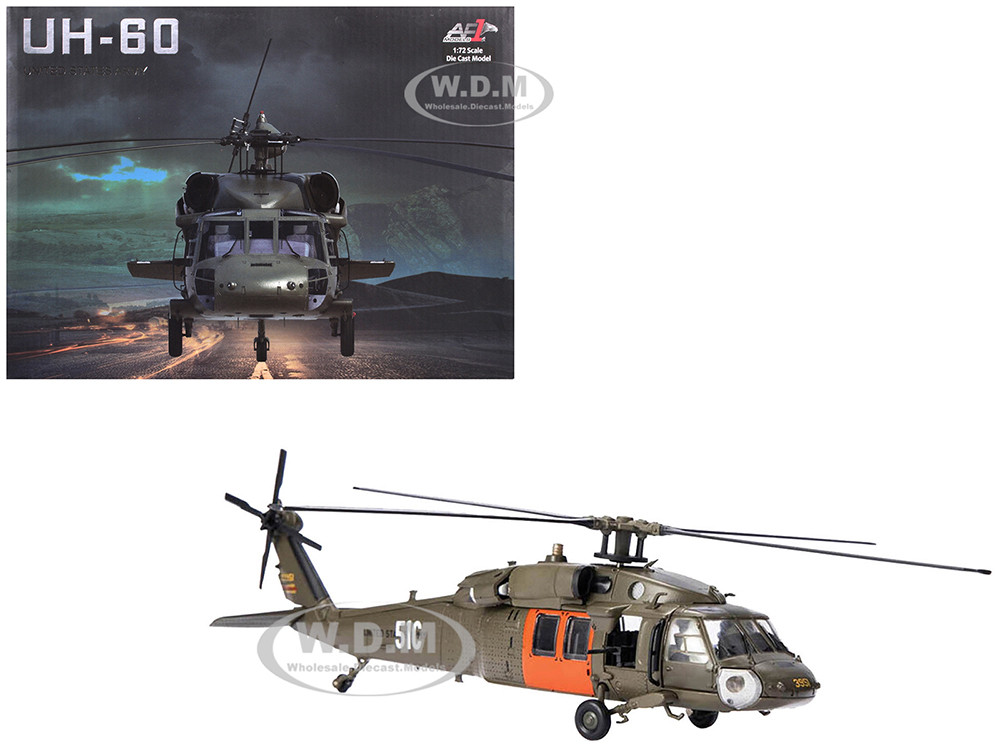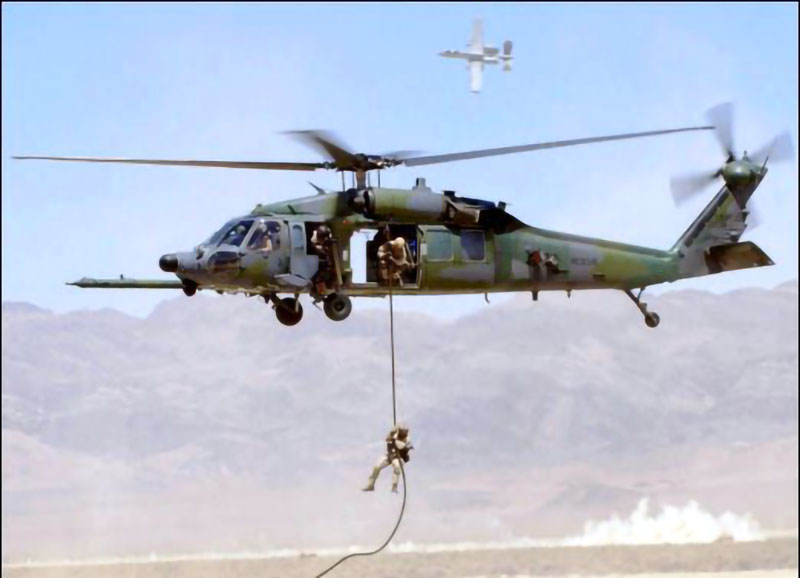UH 60 Helicopter: How It Continues to Shape Air Mobility and Combat Missions
UH 60 Helicopter: How It Continues to Shape Air Mobility and Combat Missions
Blog Article
Checking Out the Background and Development of the UH 60 Helicopter

Beginnings of the UH-60
The beginnings of the UH-60 helicopter can be traced back to the late 1960s, a duration noted by the need for a flexible energy aircraft that might adapt to the developing needs of contemporary war. The U.S. Army acknowledged the necessity for a substitute for the older UH-1 Iroquois, which was ending up being significantly insufficient for the complexities of modern battle circumstances. In 1967, the Military initiated the Energy Tactical Transport Airplane System (UTTAS) program, which sought to create a multi-role helicopter with the ability of numerous missions, including troop transportation, clinical emptying, and logistical assistance.
The UH-60 Black Hawk was presented, showcasing cutting-edge layout aspects and progressed technology that established it apart from its precursors. The UH-60 rapidly gained acknowledgment for its robust efficiency, reliability, and versatility, leading the means for its extensive usage in armed forces procedures and solidifying its standing as a cornerstone of United state Military air travel.
Key Design Features
Cutting-edge style features of the UH-60 Black Hawk considerably add to its functional performance. One of one of the most significant facets is its twin-engine setup, which enhances integrity and offers a greater power-to-weight ratio, enabling the helicopter to do under various conditions. The airplane's four-blade primary blades system provides boosted lift and maneuverability, crucial for tactical objectives.

Additionally, the cabin is designed for ideal visibility and comfort designs, including innovative avionics that improve pilot procedures. The modular style of the UH-60 allows for easy upkeep and adaptability, making it appropriate for various goal profiles, from army transport to medevac procedures. These essential layout functions make certain that the UH-60 Black Hawk remains a functional and reputable property in military aeronautics, efficient in fulfilling the demands of contemporary war.
Technical Advancements
Recent technical advancements in the UH-60 Black Hawk have significantly enhanced its operational capabilities and versatility. The combination of innovative avionics, such as digital flight control systems and improved situational awareness screens, permits pilots to run with increased precision and efficiency. These systems help with enhanced navigating, interaction, and data sharing, enabling the helicopter to operate effectively in diverse settings.
Additionally, the introduction of composite materials has lowered the general weight of the airplane while keeping architectural integrity. This decrease helpful hints boosts gas performance and expands operational range. The incorporation of innovative blades technology, consisting of making use of four-blade, completely verbalized blades systems, has enhanced lift efficiency and maneuverability, permitting much better handling in different trip conditions.

Additionally, innovations in propulsion systems, such as the T700-GE-701D engines, have increased power output and integrity - uh 60. These engines add to remarkable efficiency in hot-weather and high-altitude problems
Lastly, the integration of self-defense systems and enhanced sensor packages boosts the Black Hawk's survivability and goal effectiveness. Jointly, these technological renovations ensure that the UH-60 Black Hawk remains a crucial property in modern aviation, qualified of adapting to the progressing demands of military and altruistic missions.
Duty in Armed Force Procedures
As the foundation of U.S. Military air travel, the UH-60 helicopter plays a vital role in various armed forces operations, working as a versatile platform for battle assistance, transport, and medevac missions - uh 60. Its style includes the ability to operate in varied environments, making it crucial for troop movement and logistical support in both conventional and unique warfare

In medical discharge scenarios, the UH-60 has actually proven important, considerably decreasing the moment to transport damaged soldiers from the combat zone to medical facilities. Its sophisticated avionics and night vision capabilities better make sure objective success under tough conditions. On the whole, the UH-60 helicopter continues to be a crucial property, continually adapting to fulfill the advancing demands of military operations and improving the effectiveness of united state forces worldwide.
Future of the UH-60
Looking in advance, the future of the UH-60 helicopter involves substantial improvements in technology and capacities developed to improve its operational performance. As military procedures evolve, the UH-60 is anticipated to integrate advanced modern technologies, including enhanced avionics, boosted tools systems, and progressed interaction devices. These enhancements will certainly permit higher situational awareness and objective versatility, making sure Find Out More that the UH-60 stays a vital possession on the combat zone.
One notable growth is the integration of fly-by-wire systems, which will certainly boost flight control precision and minimize pilot workload. In addition, efforts to upgrade the airframe and engines aim to raise array, rate, and haul capability, therefore expanding the helicopter's operational extent (uh 60).
The future also holds assurance for enhanced interoperability with unmanned aerial systems (UAS), allowing collaborated objectives that utilize both manned and unmanned abilities. In addition, the incorporation of artificial intelligence and device understanding could optimize trip characteristics and upkeep procedures, bring about lowered functional expenses.
Final Thought
The UH-60 Black Hawk helicopter stands for a significant accomplishment in armed forces aviation, developing from the U.S. Military's initial needs for a functional utility airplane. Its ingenious style features and continual technological developments have guaranteed its importance in different army operations over the decades. As the needs of modern war adjustment, the future of the UH-60 will likely involve more improvements and adaptations, strengthening its status as a crucial asset for militaries worldwide.
The UH-60 Black Hawk helicopter stands for a substantial landmark in armed forces aviation, arising from the U.S. Military's mission for a more versatile and reliable energy airplane in the late 20th century.The beginnings of the UH-60 helicopter can be traced back to the late 1960s, a period marked by the company website demand for a versatile energy airplane that could adjust to the evolving demands of modern-day warfare. On the whole, the UH-60 helicopter stays an important asset, constantly adjusting to meet the progressing demands of armed forces operations and improving the performance of U.S. forces worldwide.
Looking ahead, the future of the UH-60 helicopter includes substantial developments in modern technology and capabilities made to improve its functional performance.The UH-60 Black Hawk helicopter represents a considerable success in military air travel, advancing from the U.S. Army's preliminary requirements for a versatile utility airplane.
Report this page